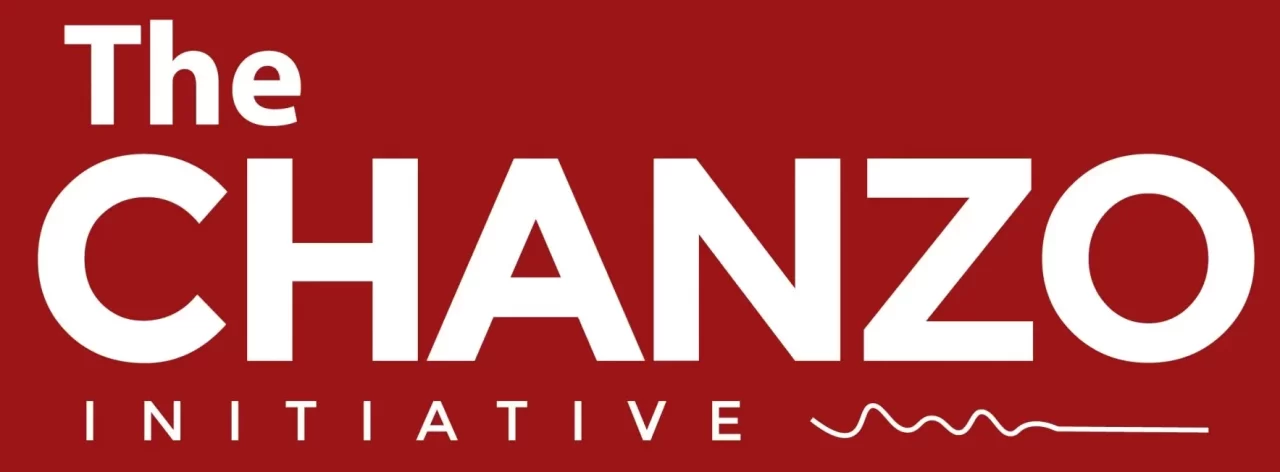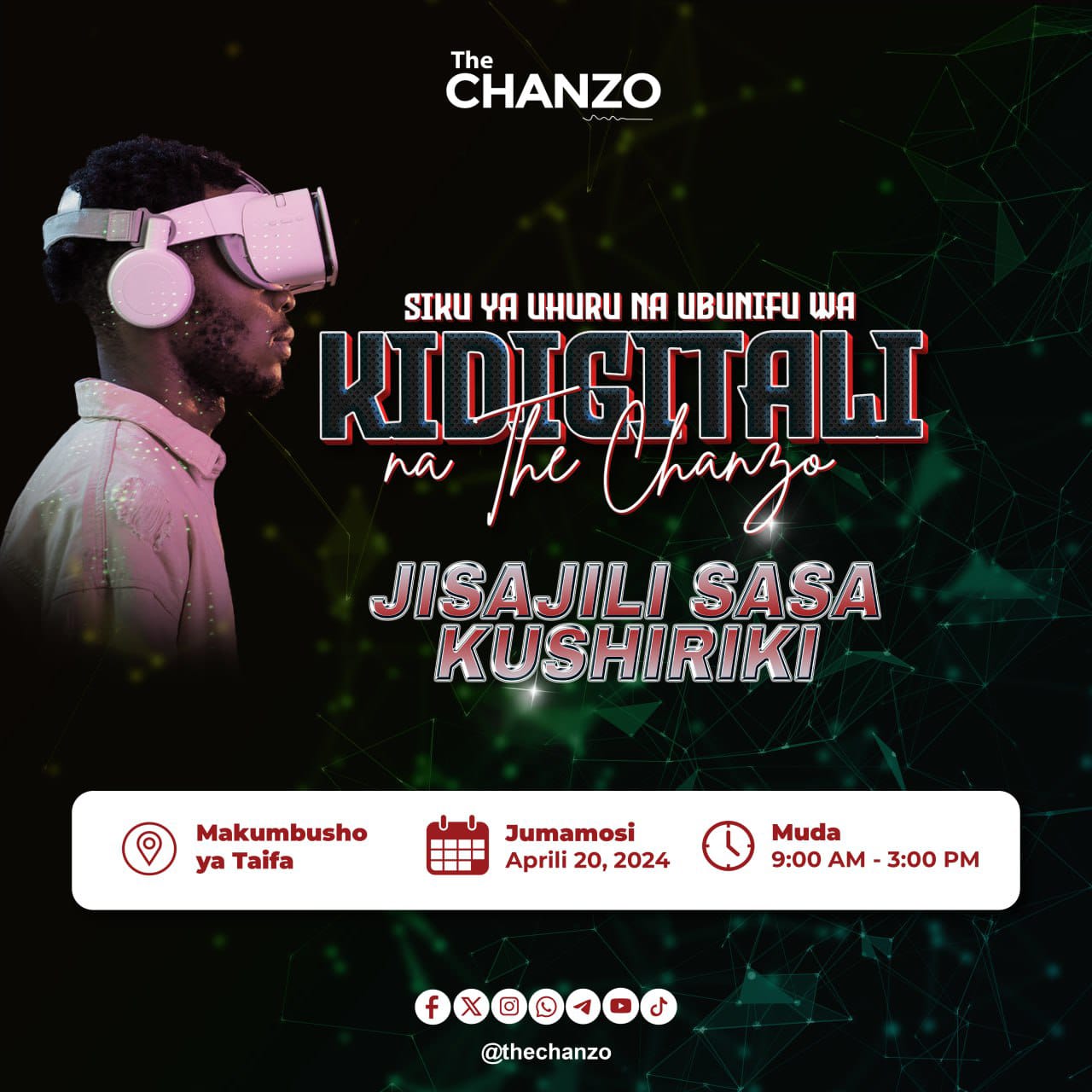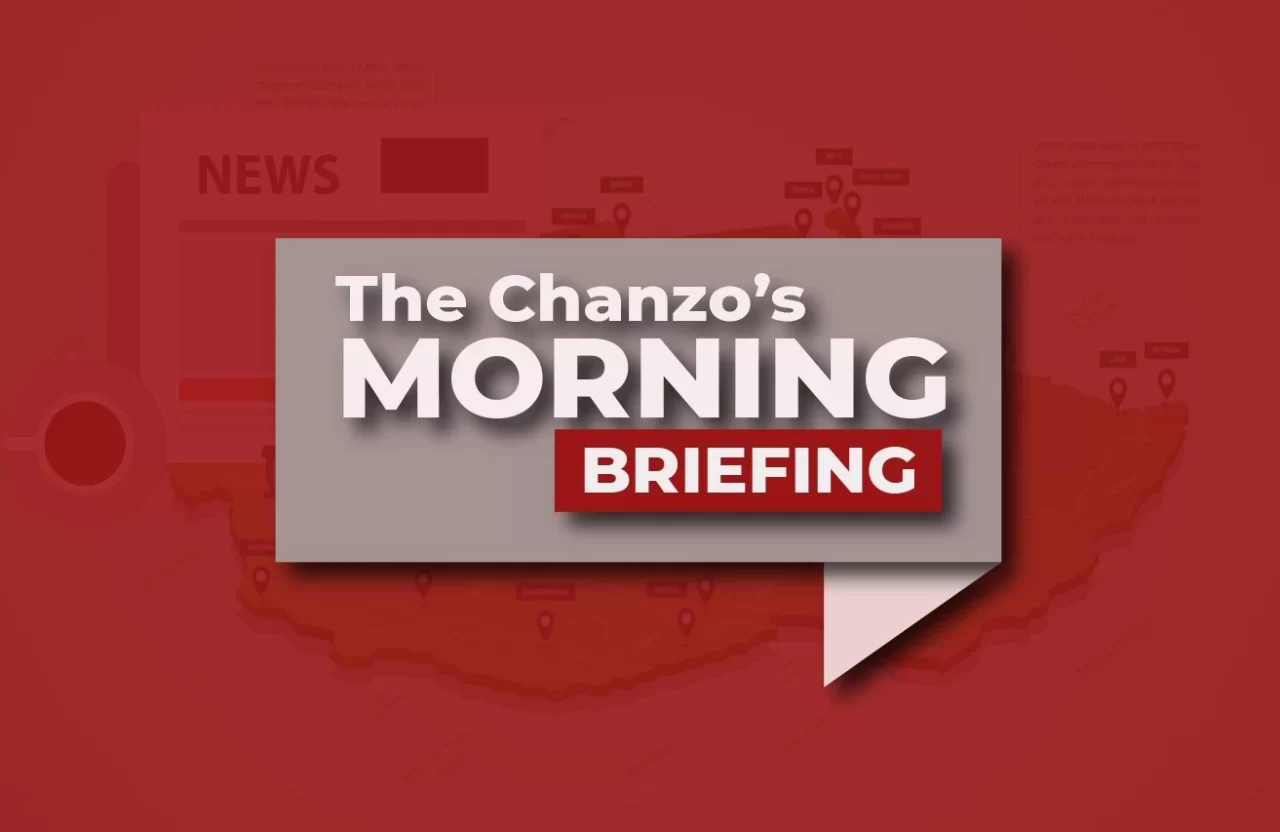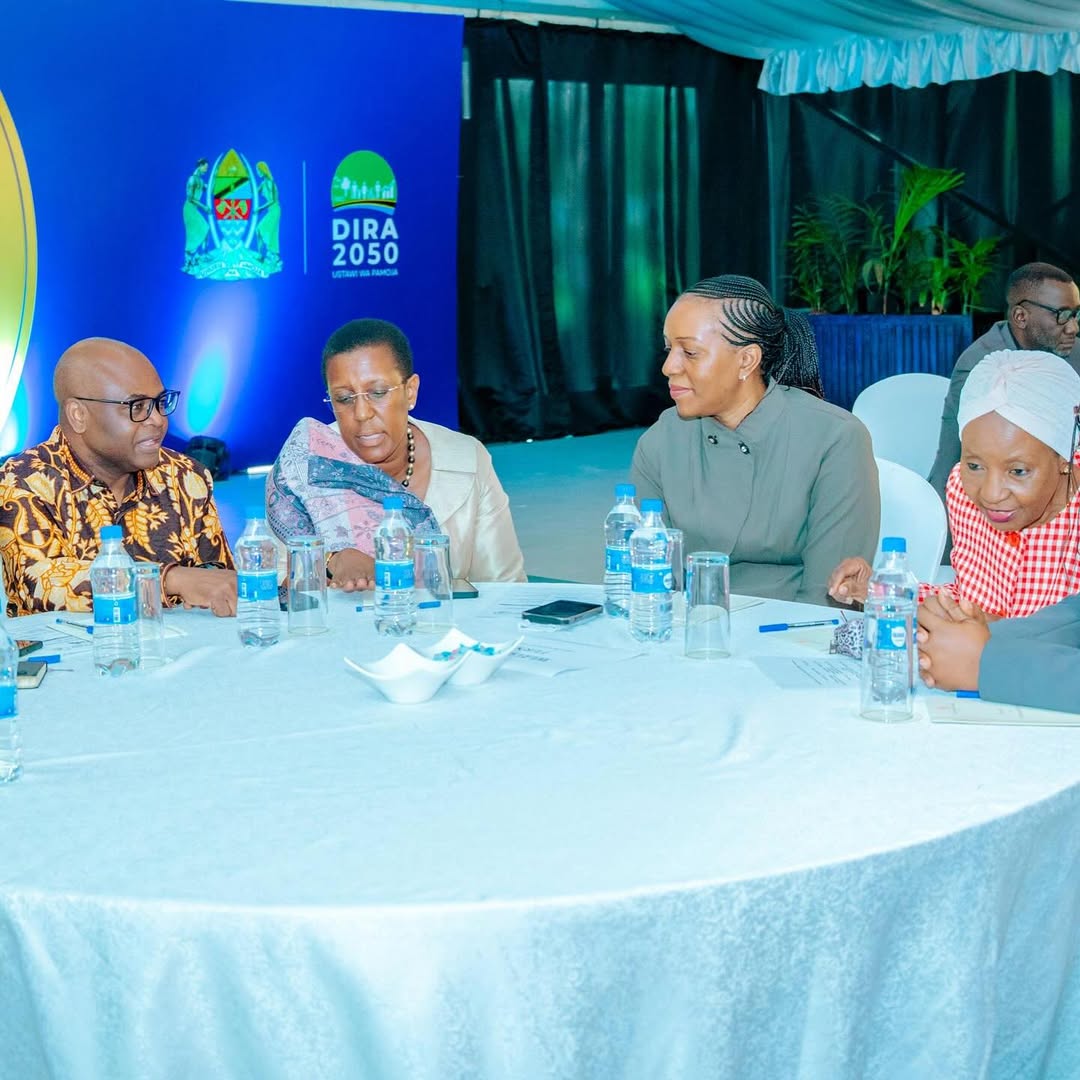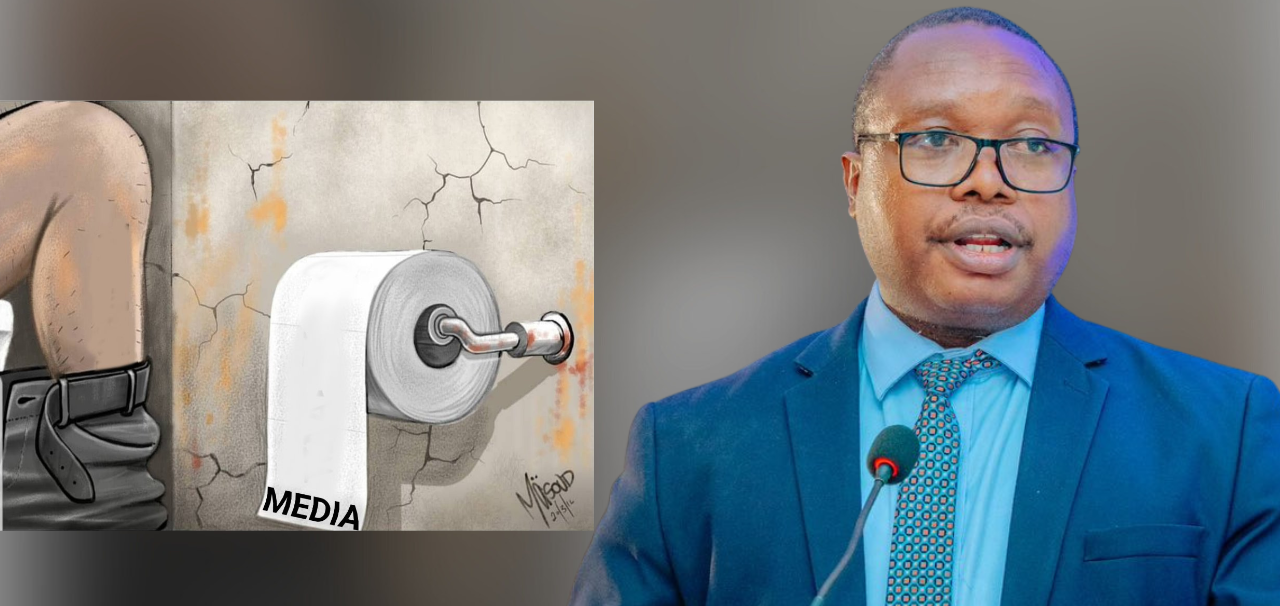As the emotional dust settles over The Royal Tour issue it’s time to analyze the pros and cons, and lessons learnt from the entire Royal Tour initiative. This is a herculean task that needs a sober discussion.
The largest takeover from the emotional debate over The Royal Tour is the proverbial netizens’ question #WhatDoTanzaniansWant? It was notable that the debate on social media and on other platforms was dominated by criticism and sarcasm over the initiative and President Samia Suluhu Hassan’s participation in the film.
Others dwelt on the issue of the cost and the source of the funds that were spent, claiming that Sh7 billion was too much for making one documentary.
Some of the arguments about the idea were valid and are worth considering so as to improve the next versions of the initiative.
But what critics of The Royal Tour forget is that one of the fiercest social media wars between Tanzanians and Kenyans has been on the location of Mount Kilimanjaro. The notion that Mount Kilimanjaro is in Kenya has been borne out of Kenya’s aggressive promotional campaigns. Advertising has the power to change people’s perceptions.
Critics also miss one other important truth. Since the liberalization of the economy in the early 1990s, the consensus has been that Tanzania hasn’t done enough to promote its tourism potential. Tourism promotion budgets have been meagre indeed.
For example, while Kenya allocated KSh6.97 billion (Sh125.46 billion) for tourism promotion in the financial year 2021/22, Tanzania allocated only Sh14.7 billion for tourism attraction activities in the same period.
Promotion strategies have been inadequate and downright primitive. Some attributed this to the after-effects of socialism policies and the lack of an entrenched capitalist’s cutthroat promotional culture.
For a long time, promotional activities were largely confined to international tourism fairs. The promotional activities were hence low key and low profile and left to the Tanzania Tourism Board alone.
High profile promotion
The Royal Tour, which is premised in the context of the Head of State acting as the guide in the promotional campaign, gives Tanzania’s tourism promotion the high profile exposure it deserves.
It is easy for viewers of the documentary from Tanzania’s main markets such as America and Europe to get a cue from President Samia that Tanzania now means business as far as tourism is concerned.
The President’s involvement in the promotion of the documentary is some kind of a commitment by President Samia to offering the best experience to tourists who come to visit the country. And that is the catch.
President Samia can’t get involved in promoting tourism and then stop short of doing the bare minimum to overhaul the sector, which has so many challenges.
From the shortage of skilled labour, and poor but expensive hospitality services to inadequate facilities and transport infrastructure to most of the tourist attractions. She will have to show the political will to nurture and improve the sector.
Lessons learnt
The Royal Tour offers a lot of lessons for tourism promotion in Tanzania. Tourism promotion is a serious business anywhere in the world. President Samia has shown the way.
It is time to get out of the box and employ all means possible to ensure that Tanzania is visible enough. It is costly but if rightly done it can produce real results. Here comes the next point.
Tourism promotion is a noble goal. It serves a good purpose. It deserves to be funded, transparently and by using taxpayers’ money. This is why those who questioned the source of funds used for The Royal Tour should not be dismissed as cynics.
Why the secrecy? Who exactly are those who contributed to the making of The Royal Tour? What do they expect in return for their contributions?
The Ministry of Tourism and Natural Resources need to take President Samia’s cue and allocate adequate budgets for tourism promotional campaigns domestically and internationally.
They must be prepared to account for every cent they spend and show results. There is no need for tourist campaigns with shadowy funding. The Tanzania Tourist Board (TTB) should also do well to use President Samia and other high profile individuals in its promotional campaigns because she has shown that she is ready to lead from the front, in boosting Tanzania’s tourism.
TTB should develop tools that can track the response of The Royal Tour in terms of tourist numbers and spending. This could serve to justify the President’s appearance in the documentary and rationalize the next episodes of The Royal Tour.
Lack of follow up on the impact of the Royal Tour on Tanzania’s tourism might cast a poor light on President Samia and discourage her from future campaigns.
Damas Kanyabwoya is a veteran journalist and a political analyst based in Dar es Salaam. He’s available at dkanyabwoya@gmail.com or on Twitter @DKanyabwoya. These are the writer’s own opinions and it does not necessarily reflect the viewpoint of The Chanzo Initiative. Want to publish in this space? Contact our editors at editor@thechanzo.com for further inquiries.
